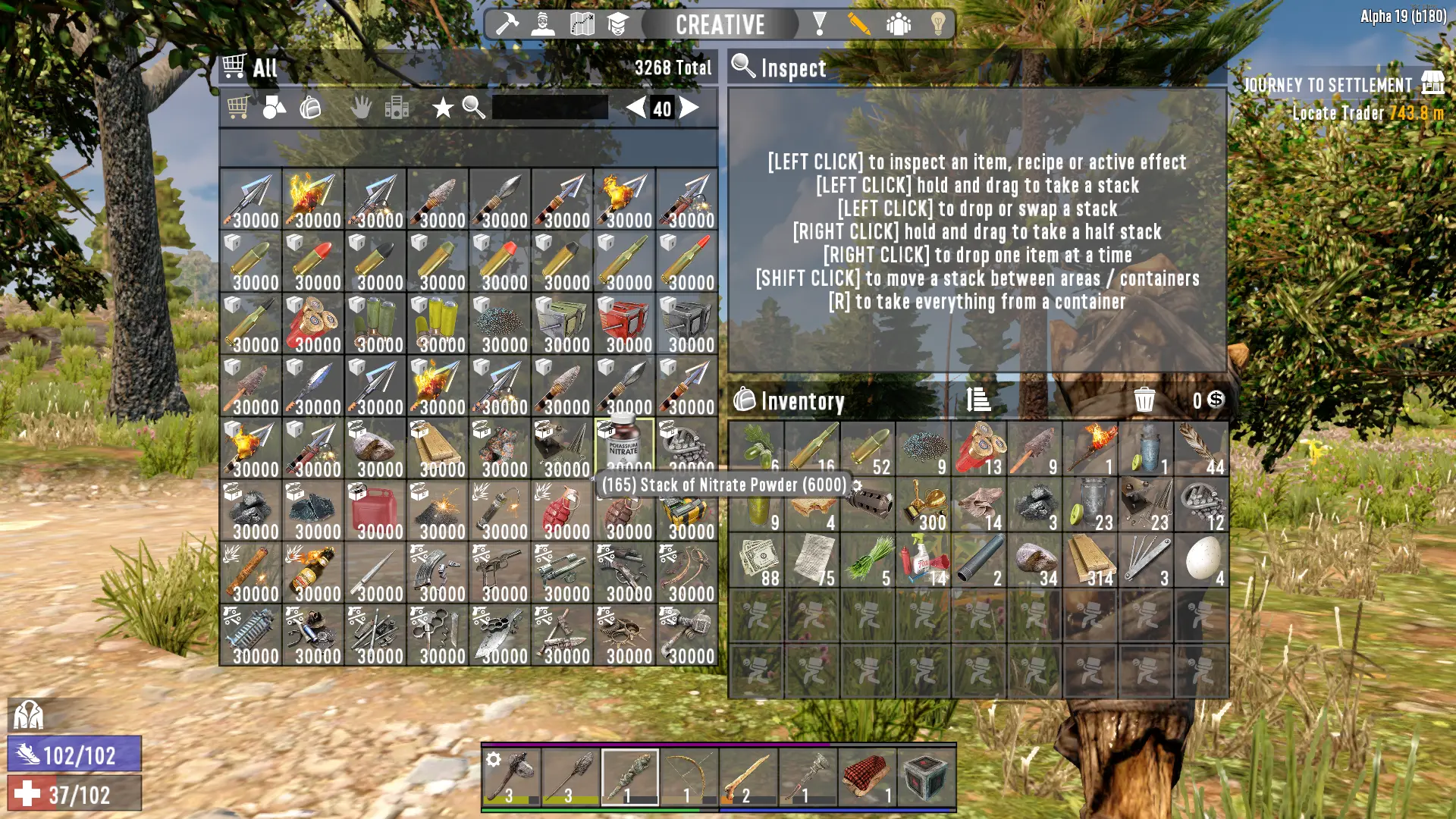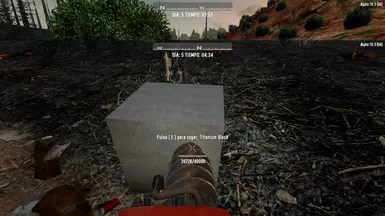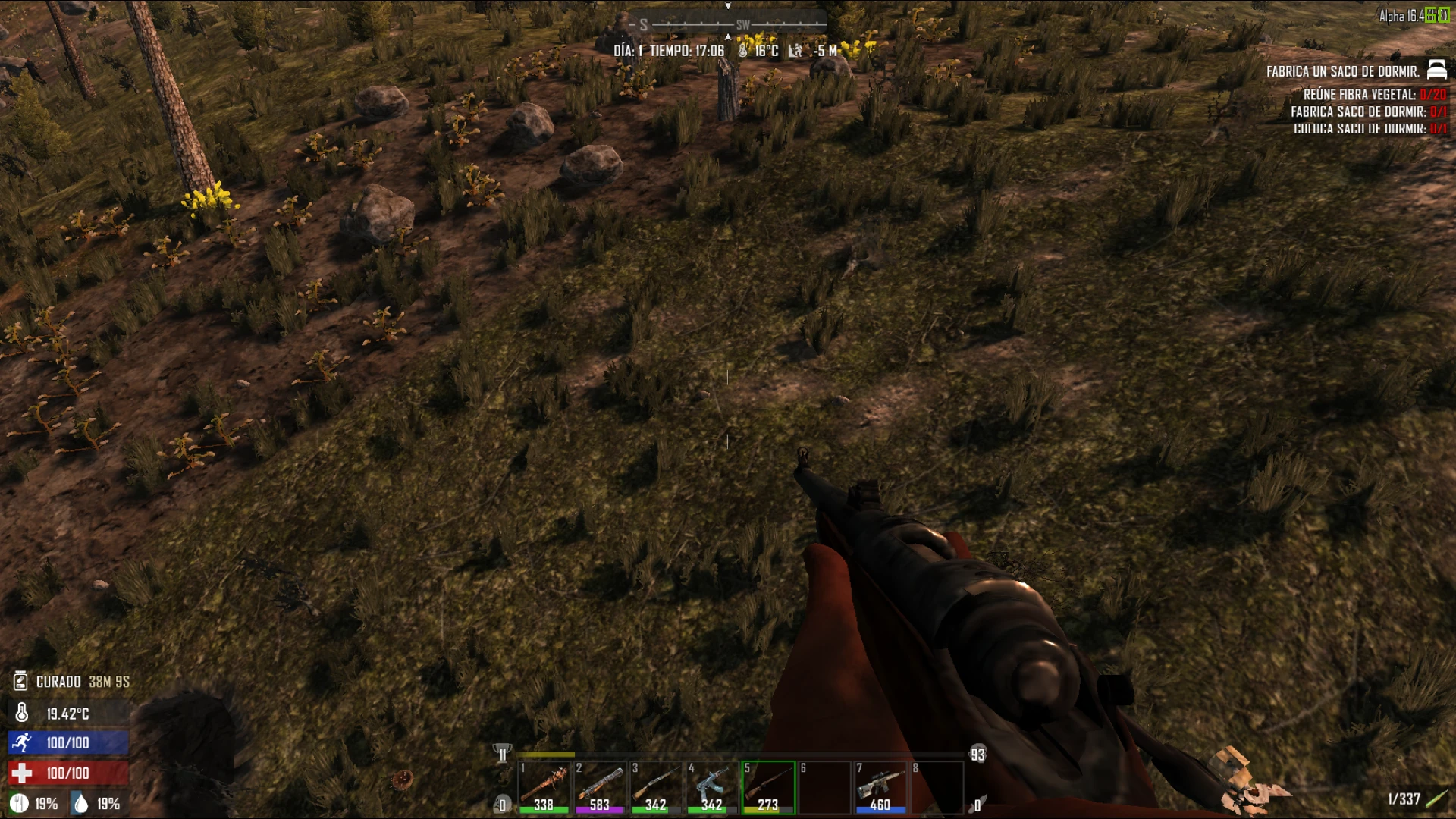

I know it’s one reason I stopped participating in hospital care for the last 10 years of my practice. I suspect it’s one reason physicians have higher rates of alcohol abuse and depression than professionals in most other fields. “How can anyone do that to their family members?” they’ll ask. Physicians are trained to gather information without revealing any of their own feelings, but in private, among fellow doctors, they’ll vent. To administer medical care that makes people suffer is anguishing. Some medical personnel wear medallions stamped “NO CODE” to tell physicians not to perform CPR on them.


I cannot count the number of times fellow physicians have told me, in words that vary only slightly, “Promise me if you find me like this that you’ll kill me.” They mean it. What it buys is misery we would not inflict on a terrorist. All of this occurs in the Intensive Care Unit at a cost of tens of thousands of dollars a day. The patient will get cut open, perforated with tubes, hooked up to machines, and assaulted with drugs. That’s when doctors bring the cutting edge of technology to bear on a grievously ill person near the end of life. They want to be sure, when the time comes, that no heroic measures will happen–that they will never experience, during their last moments on earth, someone breaking their ribs in an attempt to resuscitate them with CPR (that’s what happens if CPR is done right).Īlmost all medical professionals have seen what we call “futile care” being performed on people. They’ve talked about this with their families. And they know enough about death to know what all people fear most: dying in pain, and dying alone. But they know enough about modern medicine to know its limits. Of course, doctors don’t want to die they want to live. They know exactly what is going to happen, they know the choices, and they generally have access to any sort of medical care they could want. For all the time they spend fending off the deaths of others, they tend to be fairly serene when faced with death themselves. What’s unusual about them is not how much treatment they get compared to most Americans, but how little. It’s not a frequent topic of discussion, but doctors die, too. He got no chemotherapy, radiation, or surgical treatment.

He focused on spending time with family and feeling as good as possible. He went home the next day, closed his practice, and never set foot in a hospital again. He had even invented a new procedure for this exact cancer that could triple a patient’s five-year-survival odds–from 5 percent to 15 percent–albeit with a poor quality of life. This surgeon was one of the best in the country. He had a surgeon explore the area, and the diagnosis was pancreatic cancer. Whether you’re planning to pick corners or turn heads performing a never-before-seen trick, the Zac Bell Nexus Geo is here to inspire your creativity.Years ago, Charlie, a highly respected orthopedist and a mentor of mine, found a lump in his stomach. The ER SPINETECH (5-sided shaft geometry) removes excess carbon fiber layers in the key loading area while maintaining a standard Nexus mid-kick point. Coming in at 390 grams, this stick gives players ultimate versatility and the ability to do anything from anywhere – both on and off the ice. Inspired by one of hockey’s most outside-the-box thinkers, this stick encapsulates the one-of-a-kind Nexus performance with a one-of-a-kind design. The Zac Bell Nexus Geo is proof that dreams can come true.


 0 kommentar(er)
0 kommentar(er)
